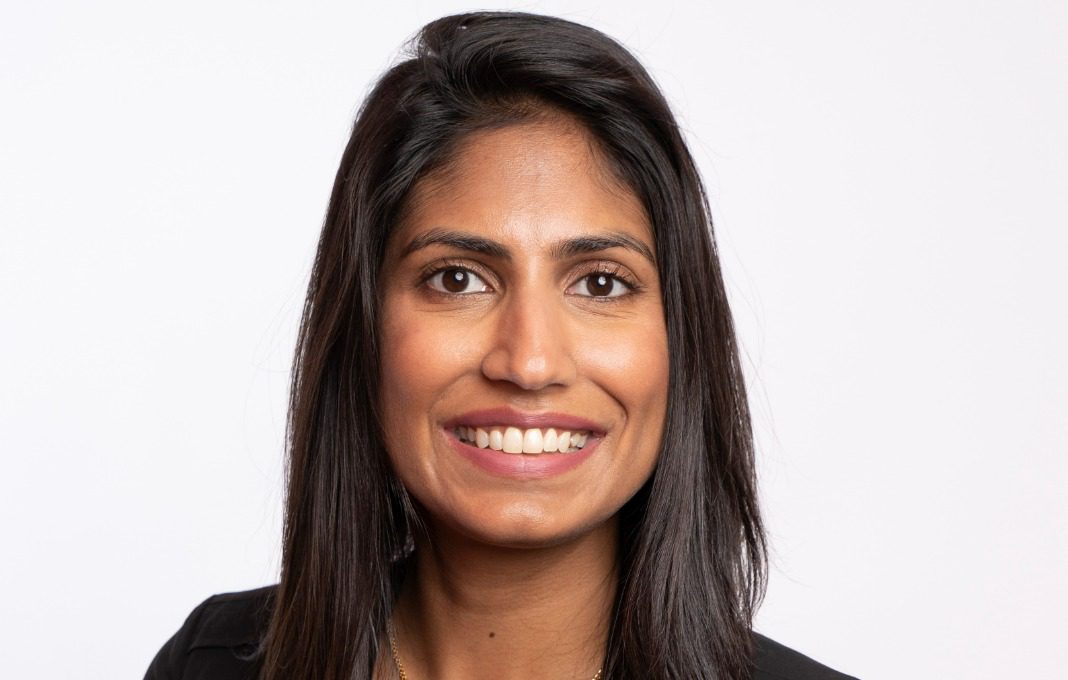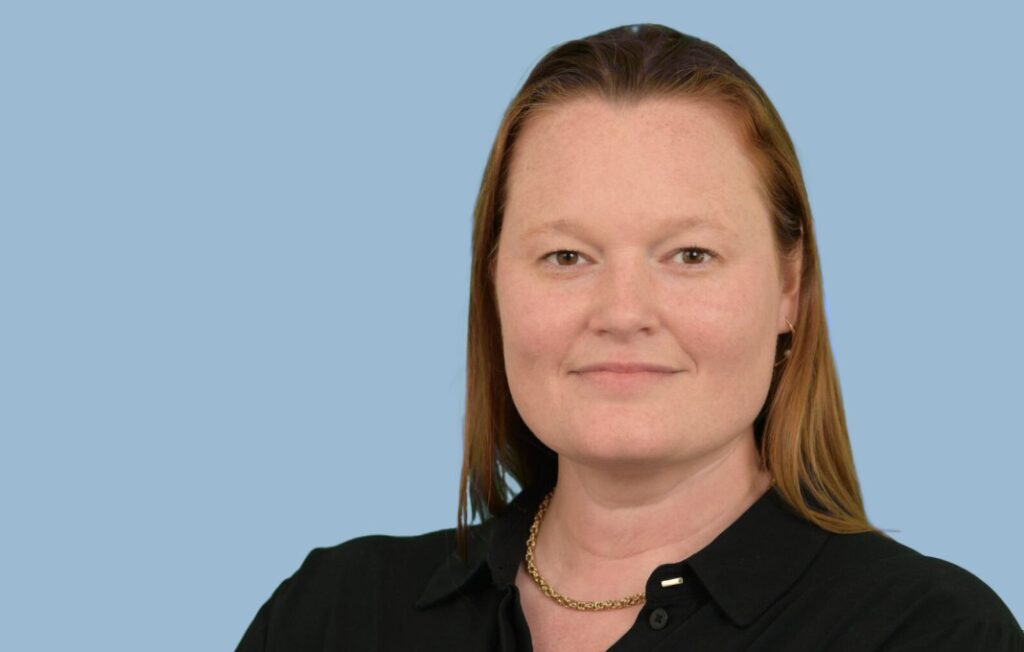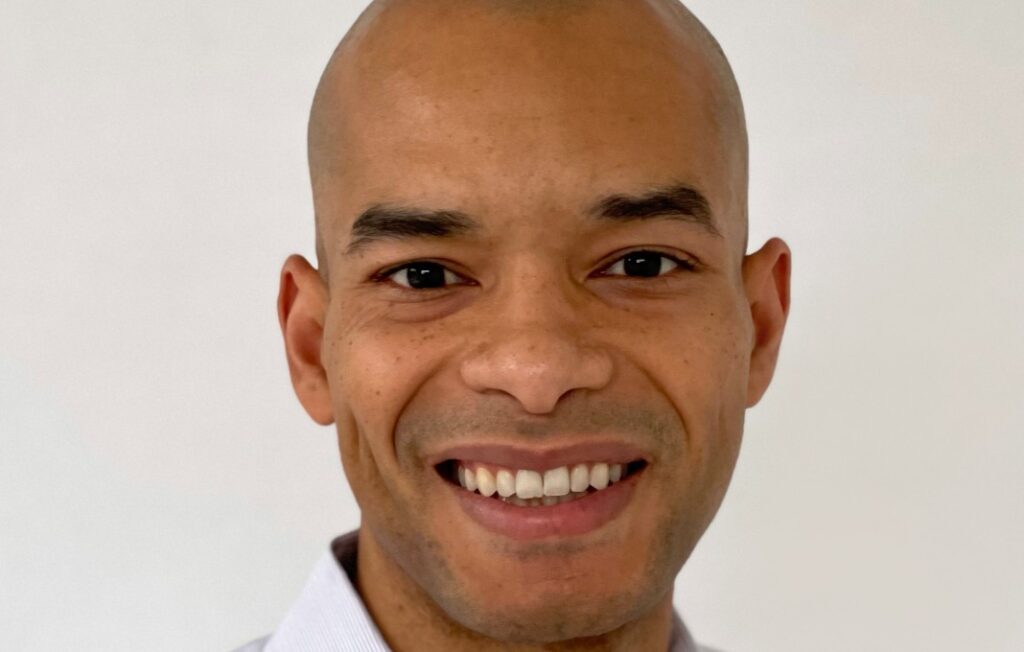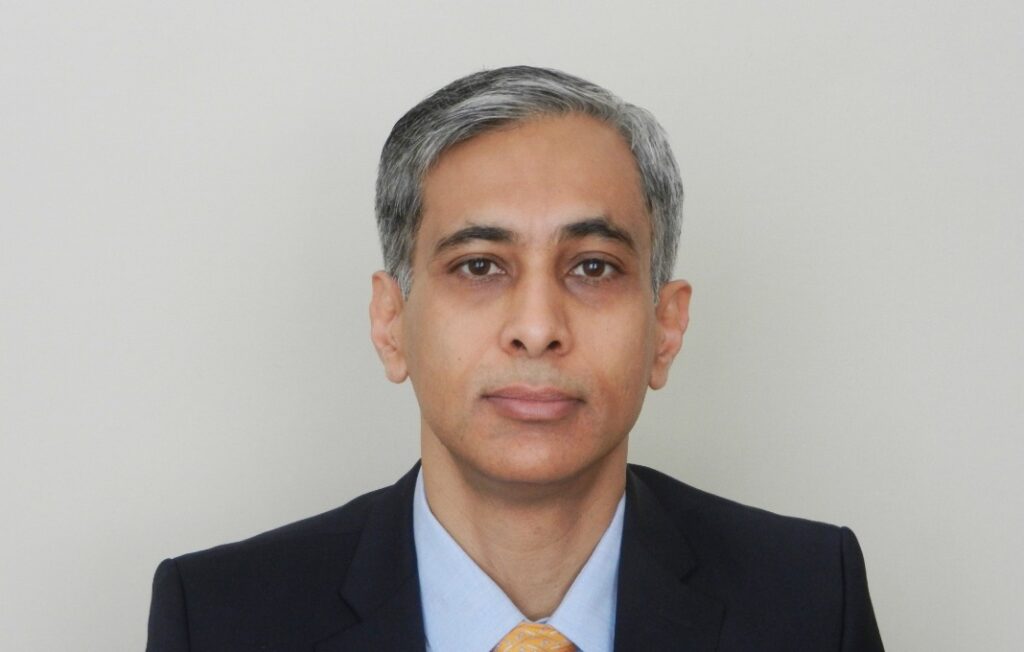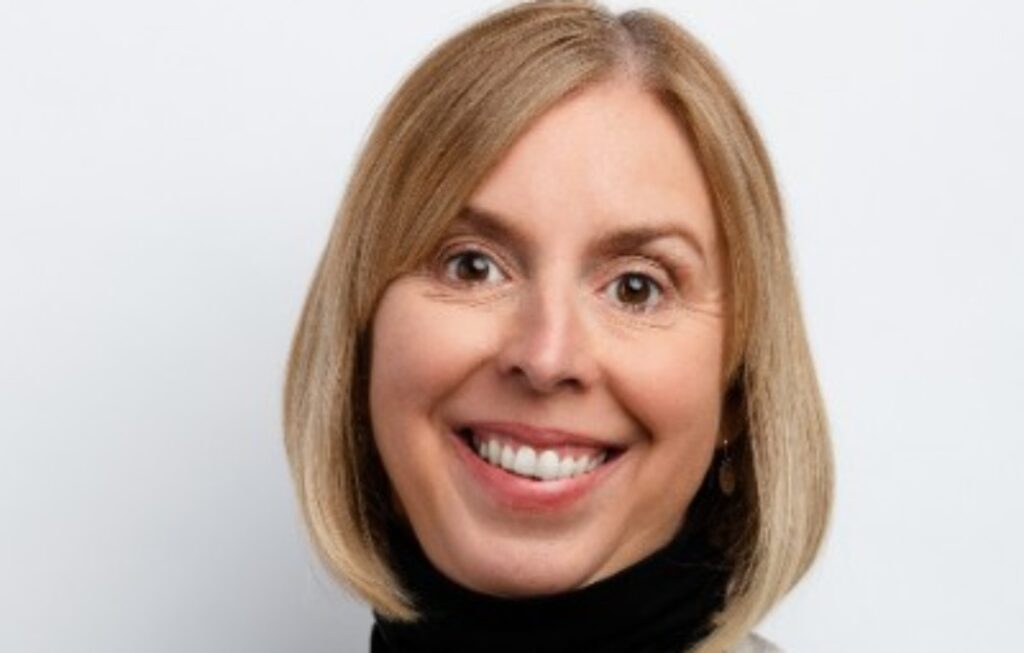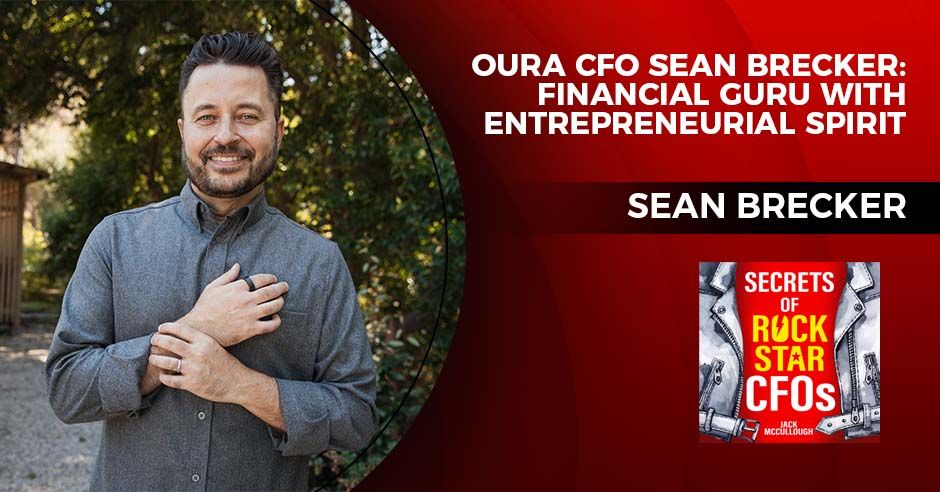Naira Saeed was happy learning some of the intricacies of corporate finance and investment banking as a rising financial executive within Restaurant Brands International—then the last three years happened. Covid, economic disruption, supply-chain difficulties, high inflation and soaring interest rates interrupted the company’s steady progress and forced RBI’s brain trust to make some difficult choices both for the moment and for the future.
“The new environment has forced us to look at things with fresh eyes and at the things we’ve been doing as a matter of course for 15 or 20 years,” says Saeed, who was promoted to vice president of finance for the Tim Hortons chain of the Toronto-based franchisor in early 2023. RBI was created in 2014 by the merger of Burger King and Tim Hortons; the $35-billion company since has added Popeyes and Firehouse Subs.
“We’re having to take a fresh look at what’s essential and non-negotiable, and what isn’t, and see which parts of this we need to change and how to make it as efficient as we can.”
One of the defining characteristics of Tim Hortons and of RBI’s other businesses is that they are franchisee-dependent. So, specifically, Saeed says, she’s now focused on “helping [franchisees] grow their P&L while maintaining profitability. It’s more challenging to hammer points home with our owners in an environment that’s challenging for everyone. We had all been on an upward trajectory before and no one had to think about it.”
Tim Hortons has more than 5,600 restaurants in 13 countries, with the majority in its home country of Canada—the coffee-based fast-food chain was founded by a Canadian hockey star—but also a strong presence in the United States, especially in areas just across the national border, as well as in Mexico, Spain, the United Kingdom, the Middle East and Asia. Its system-wide sales last year were more than $7 billion.
Saeed has been climbing through the finance department at Tim Hortons since her arrival in 2017, the most recent stop on a path that began very unusually and then became uncomfortably pro forma for the journey’s protagonist.
Finding a ‘Calling’
“I decided at a fairly young age that finance was my calling,” says Saeed, who grew up in Pakistan. She explained: “My mother always had been a banker, and it was very rare for women of her generation to have a professional career in that part of the world at that time.It was pretty different from what I saw among my friends and what their mothers were doing. I felt like her getting up every day and taking a briefcase to the office was the coolest thing on planet Earth.”
Saeed emigrated to the United States to study finance and accounting at Penn and “was very single-mindedly focused on landing that investment-banking job. The industry was still pretty sexy 15 to 20 years ago when I was in school—living in New York and walking on Wall Street and all that.”
Saeed succeeded, notching a job with Lazard Freres even amid the Great Recession of 2008 to 2010. But soon, her parents decided to emigrate to Toronto from Pakistan; Saeed moved there, working for Scotiabank; then she “realized investment banking wasn’t all it was cracked up to be. It felt very surgical: You’d have a file for two to five months and you might spend many hours a day modeling everything out, and the deal would either close or die, and you’d never think about it again.
“I didn’t have the kind of skin in the game that I wanted in my career. It’s a little superficial.”
So Saeed went to work for a deputy governor on monetary policy at the Bank of Canada and found it “incredibly refreshing to be reporting to her, and she expected me to kind of dream up a project, do and present the work, and get buy-in. It set the foundation for what I’m doing now, with the skills, and working cross-functionally and engaging with stakeholders.”
With a new focus on obtaining an operational role in corporate finance, Saeed headed to Harvard, earned an MBA, and was recruited back to Toronto by then-RBI CEO Daniel Schwartz. “I was trying to find an excuse to move back to Canada, and [RBI] offered a mix of hands-on financial experiences as well as financial rigor and a company that was very data-oriented.”
Saeed began her rise through the Tim Hortons unit with lead responsibility for the Canadian restaurant business and its P&L, which depends largely on same-store sales and opening new restaurants in cooperation with franchisees. “I got a good sense of the tradeoffs in the business,” she says. “P&L gives you a way to fully evaluate everyone’s different functions and contributions and how they build up to the full picture.”
But Saeed hankered for a greater role as “someone making some of those tough decisions and tradeoffs and not just reporting on them.” She “wanted to move into the business directly, and I was open to whether it would be operations or development or even marketing.”
Now that she is the chief financial executive of Tim Hortons, Saeed is making decisions that still emanate from “the challenging stuff that happened during Covid and since then. Covid forced us to become quite disciplined about what actually mattered in our interactions with restaurant owners. When it’s business as usual, you’re working on your base business and building it incrementally, but you’re also thinking about ways to transform things, and about big bets you can make with existing assets.”
Lockdowns’ Impact
The economic lockdowns during Covid forced Tim Hortons and its franchisees to take some strong measures to maintain profitability at the same time that the company held on to the “faith of guests in us as a business” and ensured “that we were still here on a strong trajectory when all of the [pandemic] passes,” Saeed said.
For example, “We were good about renovating restaurants regularly, but during Covid, we had to just say we weren’t going to ask our owners to invest in renovations anymore. We had limited capital, and we weren’t sure when sales were going to recover.”
Since the end of the pandemic, of course, the environment has presented new challenges in the form of high interest rates and inflation and uncertain overall economic performance in key markets, including the United States.
“What’s been helpful in that environment is that, for the [finance] team as a whole, we had to figure out that we have two critical customers,” Saeed said. “We have to do right by our guests, who expect a certain level of service and product, and by our franchisees, who are the key conduit to our customer, run the restaurants and also buy products from our supply chain.
“We have needed to figure out what’s super-critical to our guests and the most efficient ways to work with the owners. That has meant cutting out the superfluous and doubling down with owners on what’s super-critical.”
In the process of that examination, she says, Tim Hortons “discovered that our restaurant owners managed their business a little loosely from a cost-management perspective. They’d see sales come in, and their bank account healthy at the end of the month, so they weren’t careful about food-cost management and inventory management, and labor. Do you need to have all your people come in at 6 a.m., or can you spread them out some?”
So Saeed keyed the leadership of a new team that Tim Hortons has deployed to train franchisees “how to extract more money out of their operations” via more effective management and better utilization of their P&L.
“This has helped every restaurant become more efficient,” she says. “So that is helping us during this period, but it also will be transformational for a lot of owners because it will help them retain discipline for the future. There will be a time when these pressures ease, but I do think we’ve accomplished a step change in the efficiency of our restaurants.”
Saeed’s team also is helping franchisees “figure out what is their true potential from a P&L perspective, what parts of their market have critical gaps, which owners run their restaurants most effectively, and how other restaurants can learn from them.” Tim Hortons also is “working much more closely with our banking partners to stay ahead of the curve in terms of the financial health of owners so there are no situations of financial distress.”
Getting Past the ‘Superfluous’
At the same time, Saeed is honing in on things that she calls “superfluous” and helping her company work past them. For instance, Tim Hortons has become more selective in renovation requirements for many of its franchisees.
“A lot of our owners have been in business a long time, with an average tenure of about 20 years,” she says. “Very few have had to put in big dollars to get more business or build new restaurants; the big cap-ex for our owners continues to be a renovation that’s required every 10 years.
“So for the last couple of years, we’ve been more selective in requiring restaurants to renovate. For renovations, we’re really prioritizing high-volume sites where we know the payback on renovations is higher. And we’ve internally dedicated more resources to make the renovations more efficient, to have the restaurants be beautiful and warm and welcoming. And every renovation should reduce the labor necessary and reduce throughput in the drive-through and at the front of the house.”
All in all, Saeed says, the slap in the face to Tim Hortons’ status quo that was delivered by Covid and subsequent challenges “has forced us to look at things with fresh eyes, at the things we’ve been doing as a matter of course for 15 to 20 years. So we’ve been looking at what’s essential and non-negotiable and which parts we need and how to become as efficient as we can.”


